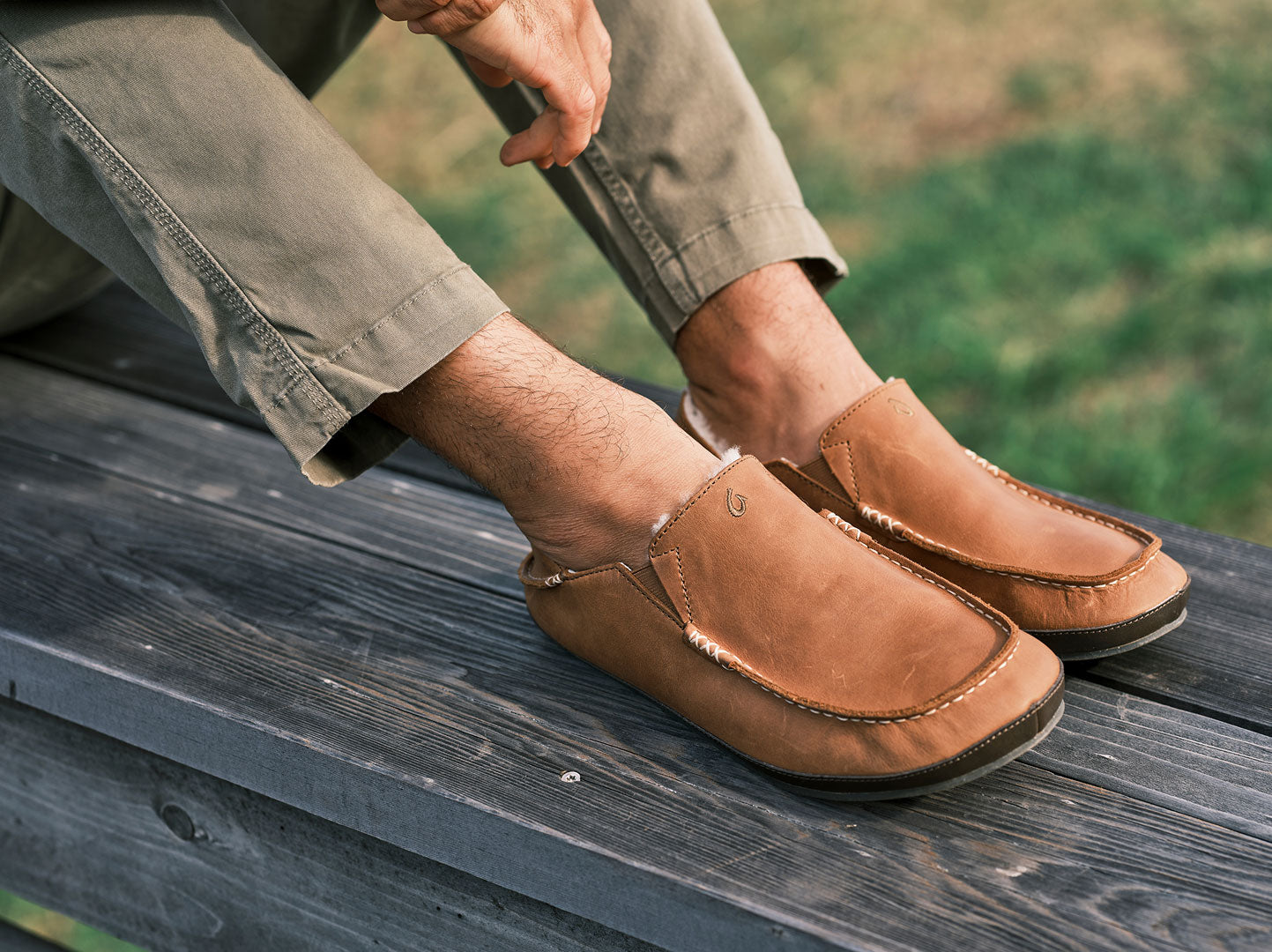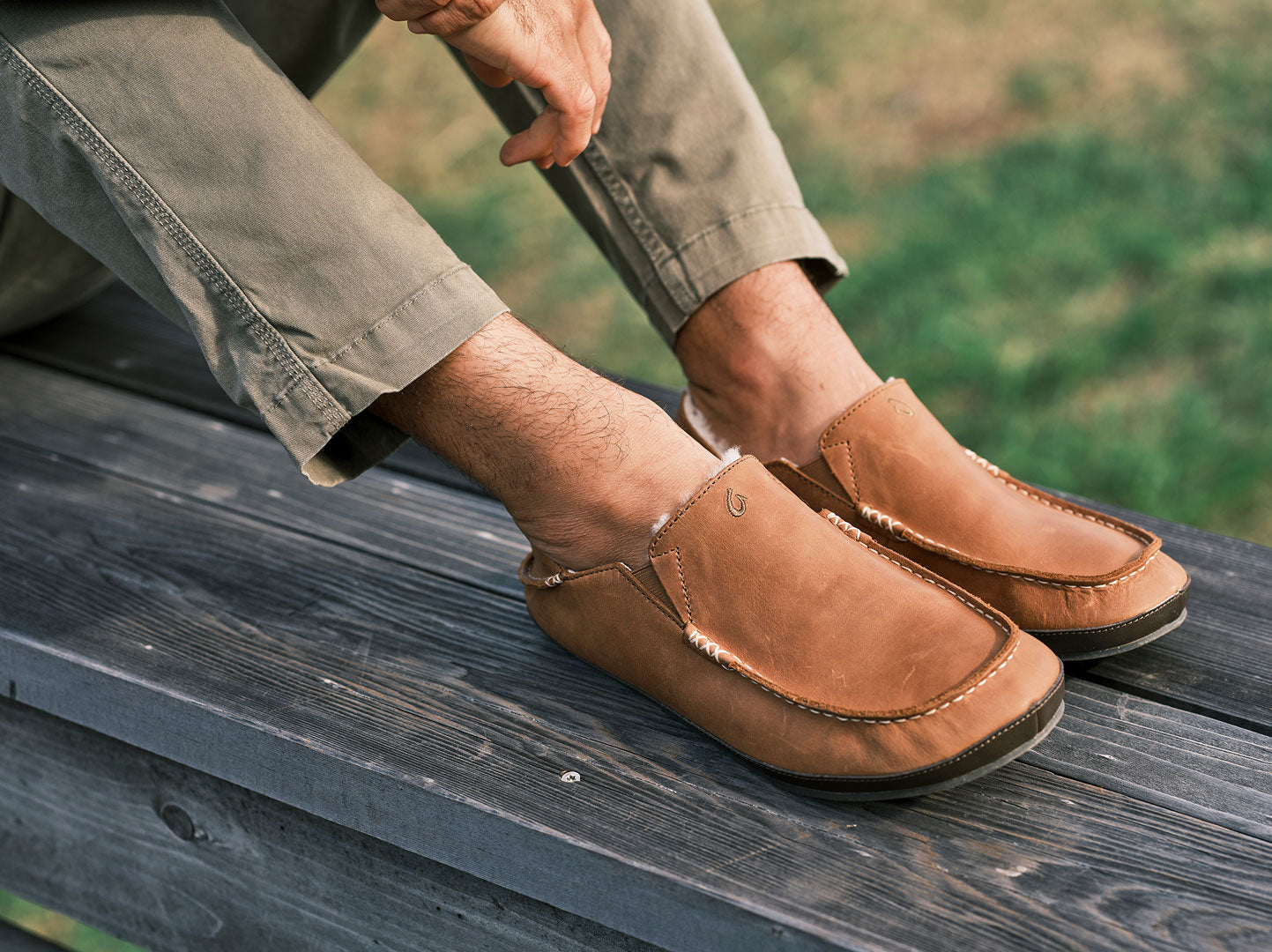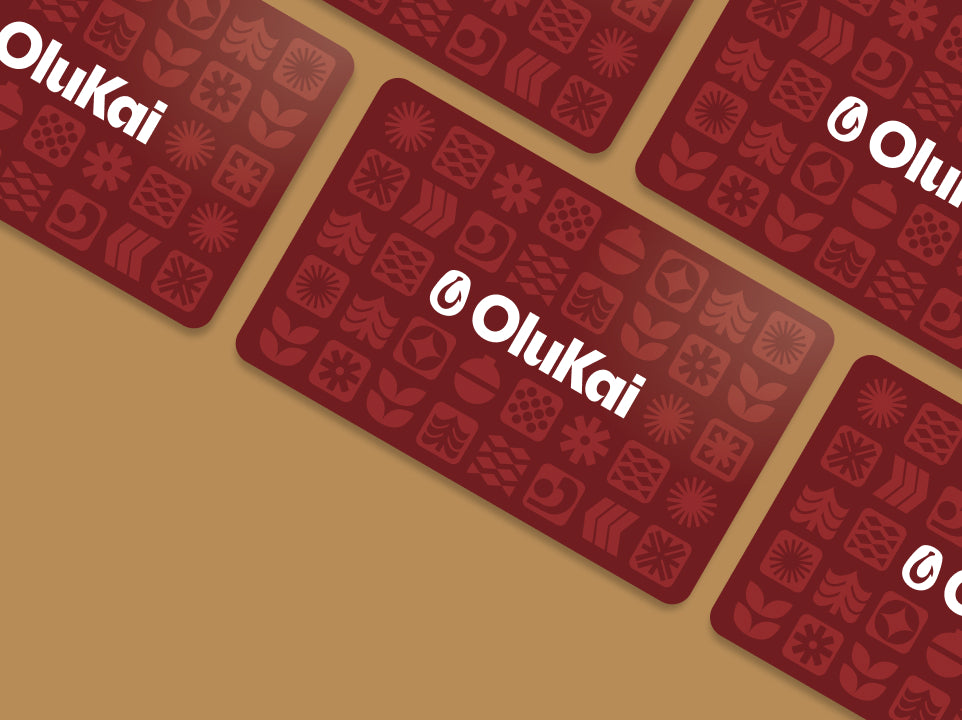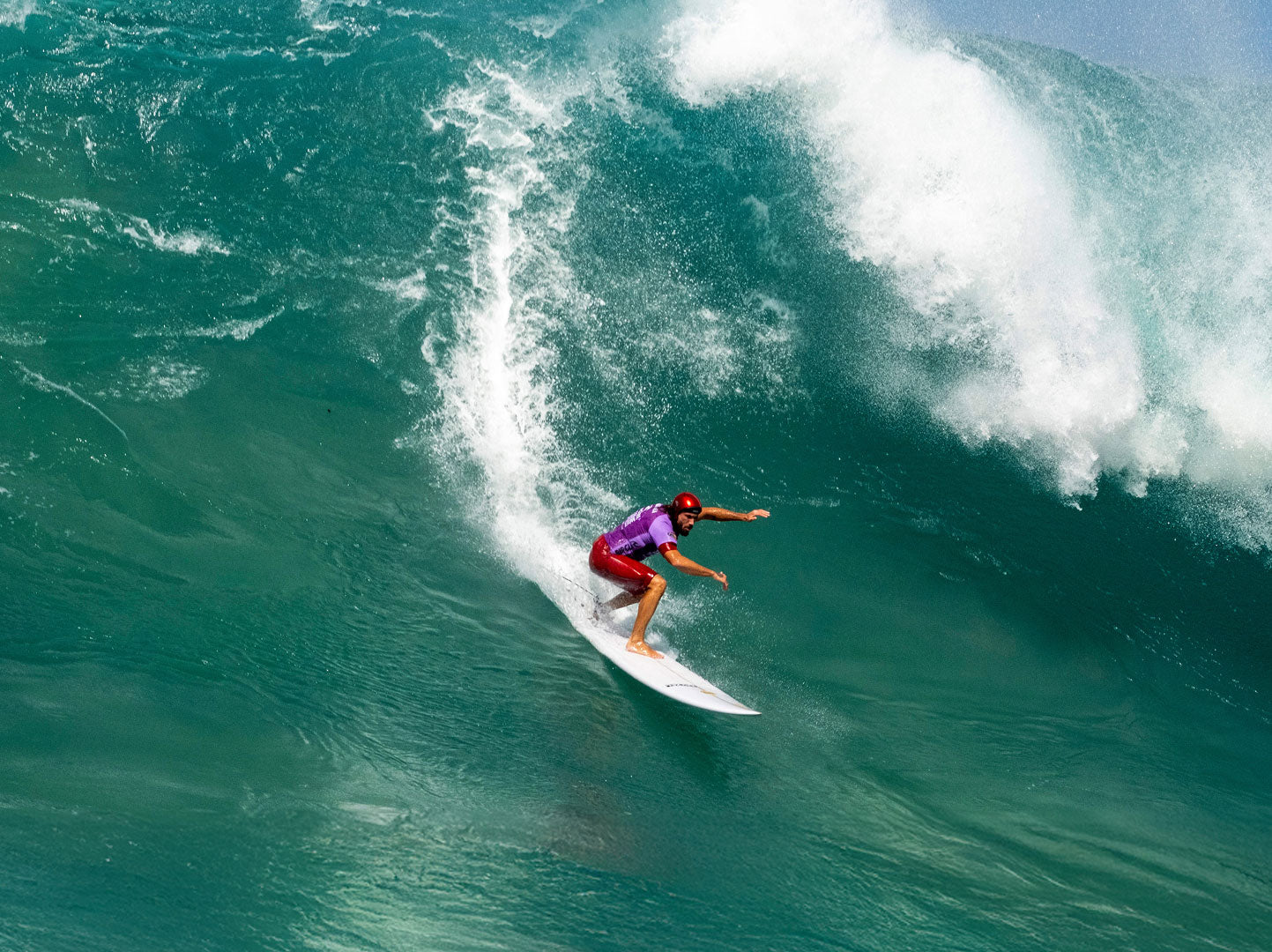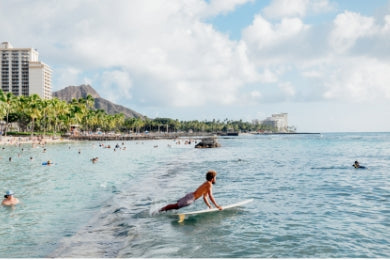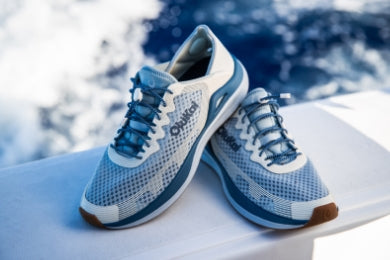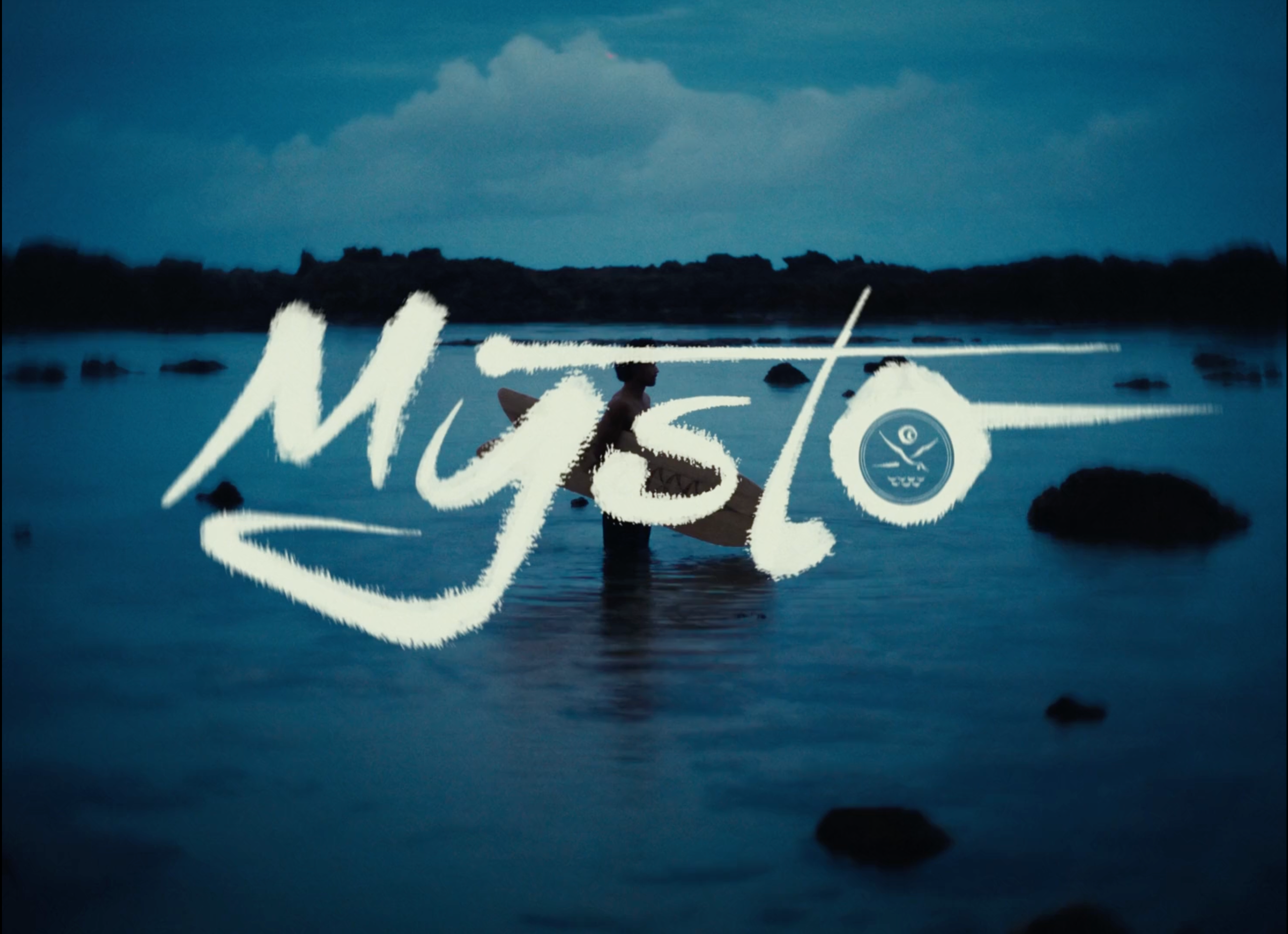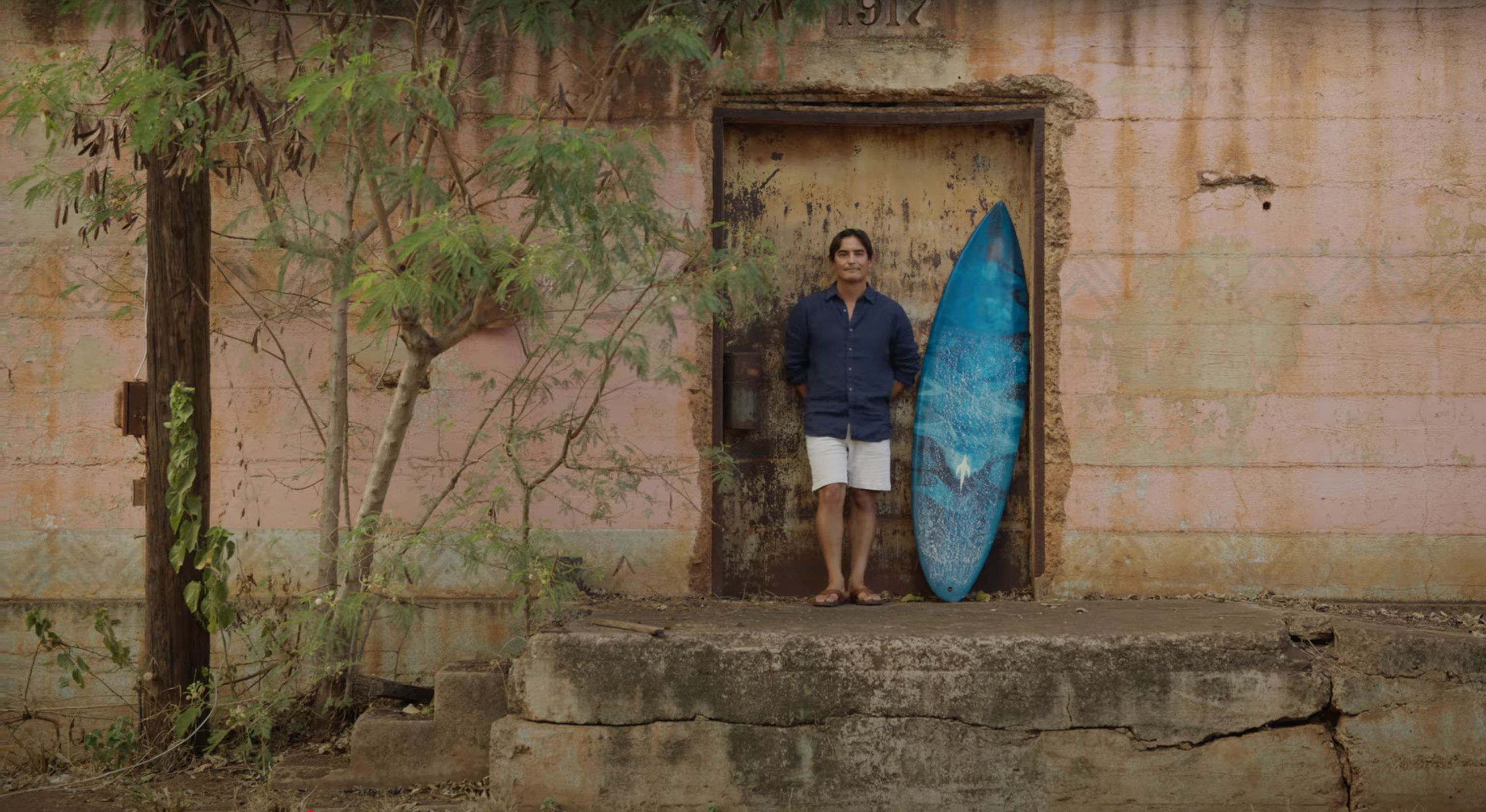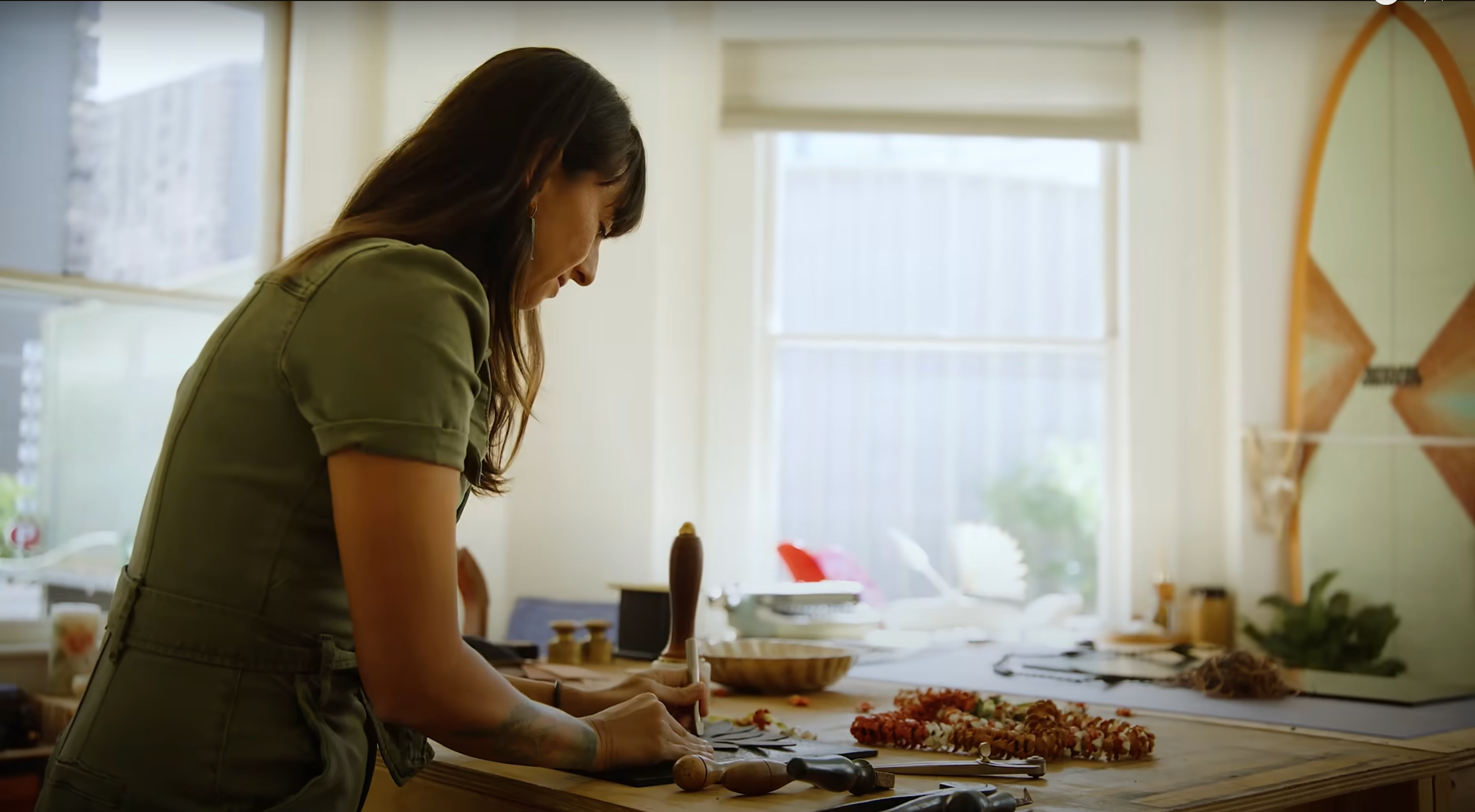Pono: Healing In Harmony With Nature
In ancient times, the Hawaiian people followed a healthy lifestyle that included physical fitness gained through labor and sport, a well-rounded and nutrient-rich diet, fastidious personal hygiene and pride in grooming. In fact, when Westerners (malihini) first visited the islands, they were so impressed they made written record commenting on the Hawaiian people’s incredible strength, beauty, grace, brilliant white smiles, overall cleanliness, and meticulous grooming. They described the island natives as a people of elegant carriage, glowing golden brown, blemish-free skin, dark piercing eyes and thick flowing hair with an outstanding level of physical fitness, giants among common men. In fact, skeletal remains gleaned from ancient burial grounds indicate that many of the early Hawaiians were over eight feet tall. Hawaiians practiced their belief that optimum health is the outcome of “right” living, or pono. Pono is living in harmony with nature by maintaining proper feelings and thoughts towards both the spiritual and the material world. A decline in strength, the onset of illness (ma’i), or a bodily injury was deemed to be the result of an imbalance in one’s mental, physical, or spiritual life. Traditional kanaka maoli lapa'au (Hawaiian medicine) used a diverse blend of insightful observation, herbal medicine (la’ au lapa’au), physical treatments, and psycho-spiritual practices including prayer, dream revelation, and peer support to address the root of the disease or the cause of trauma. Holistic kahuna also employed skillful palpation when making a diagnosis using careful observation in conjunction with massage, manipulation, bone setting, heat, or hydrotherapy. Following a rigorous decades-long course of study, traditional healers learned the interaction of symptoms and anatomy using pebble diagrams (papa ‘ili’ili) laid out in the form of the body. Spiritual components of Aloha, ceremonial chants, and prayers played integral roles in every action from wild harvesting of plants to the final ritual (pani) at the end of the treatment. Hawaiian Healing Herbs Native Hawaiians uses of la’au (plants) were employed because of their metaphorical and spiritual mana. Turmeric (‘Olena) ‘Olena, or Turmeric rhizome (Curcuma longa; C. domestica) is one of the most widely used plants in Hawaiian herbal medicine. Valued for its amazing anti-inflammatory properties, turmeric is useful as a pain relieving medication. Applied externally as a wash for rashes, sores, and insect bites, turmeric powder relieves irritation and itch. Turmeric powder, mixed with honey, ginger, and other healing herbs is an effective cough suppressant that helps relieve congestion and sore throat discomfort. Turmeric has a long-history in Hawaii and throughout Asia as both a medicine and a treasured culinary ingredient. Turmeric is what gives curry its vibrant golden color. Did you know that ‘olena, in the Hawaiian language, means “yellow”? It fact, it is a primary dye for ceremonial cloth (tapa). Mamaki According to ancient stories, Hawaiian healers have respected, treasured, and revered the sacred red plant Mamaki for more than a thousand years, employing tea from the green leafy plant as an aid in their pursuit of optimum good health. With care and aloha, kahunas passed on the secrets of mamaki to subsequent generations. In Pahala, Hawaii, the Wood Valley Plantation cultivates pure and natural, organically grown mamaki tea. More Remedies Of The Kahunas The fleshy root of Koali (Morning Glory), baked or stewed with other herbs, was a general tonic for strength and vitality. Ho’oilo, an herb-derived bitter, was used for stomach complaints and constipation. Koko bark tea was also a popular stomach remedy. There are hundreds of native plants with medical benefits found in the Hawaiian Islands. Today, growers all across the islands are cultivating herbs to satisfy market demand as more and more people chose to practice “pono” and seek to include healing herbs as potent weapons in their good health and anti-aging arsenal.
